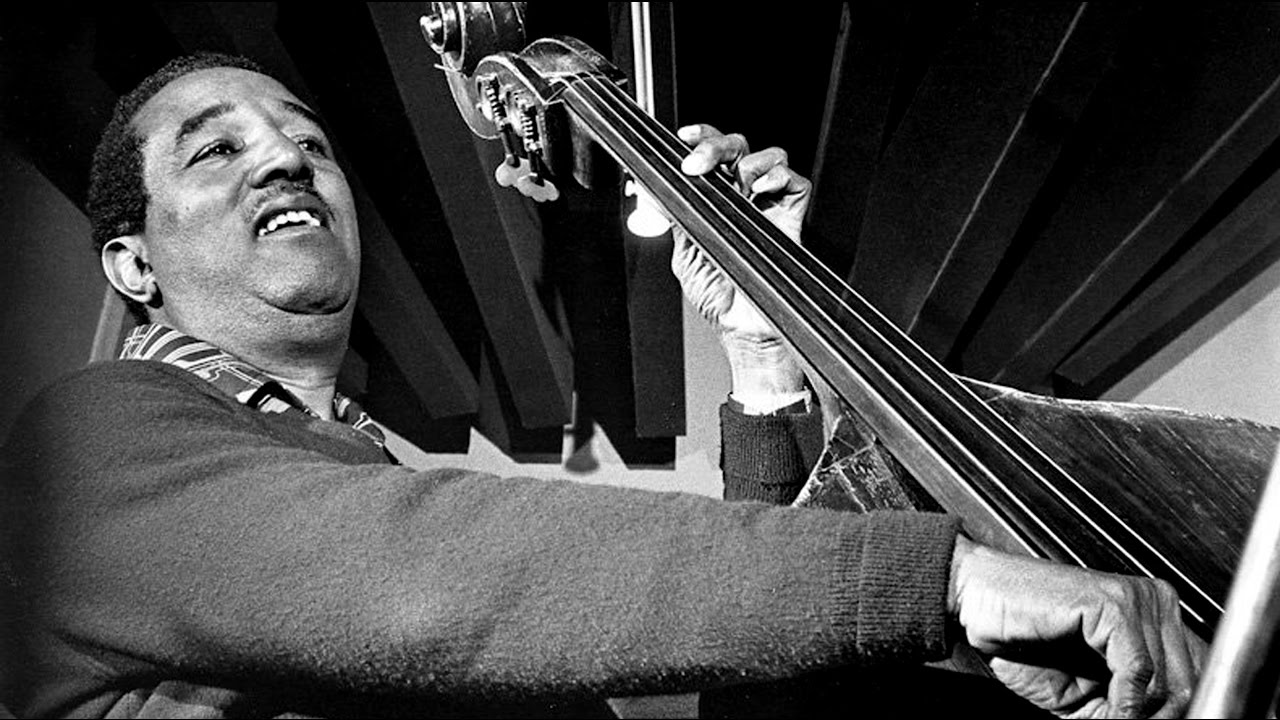Ray Brown was a towering figure in the world of jazz, both figuratively and literally. Born on October 13, 1926, in Pittsburgh, Pennsylvania, Brown’s journey into music began at a young age. He initially started on the piano but soon found his true calling when he picked up the double bass at the age of 13. Little did he know then that he would become one of the most influential and revered bassists in jazz history.
Brown’s talent quickly caught the attention of his peers and mentors. He began performing professionally in his late teens, gaining valuable experience playing alongside jazz luminaries such as Dizzy Gillespie and Charlie Parker. It was during this time that he honed his skills and developed his signature sound—a deep, resonant tone with impeccable timing and a remarkable sense of swing.
In 1946, Brown’s career received a significant boost when he joined the legendary jazz pianist Oscar Peterson’s trio, alongside guitarist Herb Ellis. The trio’s chemistry was undeniable, and they became one of the most celebrated and influential jazz groups of the time. Brown’s dynamic bass lines provided the perfect foundation for Peterson’s virtuosic piano playing, earning him widespread acclaim and solidifying his reputation as a jazz icon.
Throughout his career, Brown remained at the forefront of the jazz scene, collaborating with a who’s who of jazz greats, including Ella Fitzgerald, Frank Sinatra, and Sarah Vaughan. He was known for his versatility, effortlessly transitioning between swing, bebop, and more experimental styles, always pushing the boundaries of what the bass could do in jazz.
In addition to his prowess as a performer, Brown was also a prolific composer and arranger, contributing numerous original compositions and arrangements to the jazz repertoire. His compositions, such as “Blues for Junior” and “F.S.R.,” have become jazz standards, regularly performed by musicians around the world.
Beyond his musical achievements, Brown was also a dedicated educator, passing on his knowledge and passion for jazz to future generations of musicians. He held teaching positions at prestigious institutions such as the Stanford Jazz Workshop and the University of Southern California, leaving an indelible mark on the next wave of jazz talent.
Ray Brown’s legacy continues to resonate in the world of jazz and beyond. His masterful bass playing, innovative compositions, and unwavering dedication to his craft have left an enduring impact that will be felt for generations to come. Though he may have passed away in 2002, his music lives on as a testament to his extraordinary talent and everlasting influence on the world of jazz.


Comments are closed